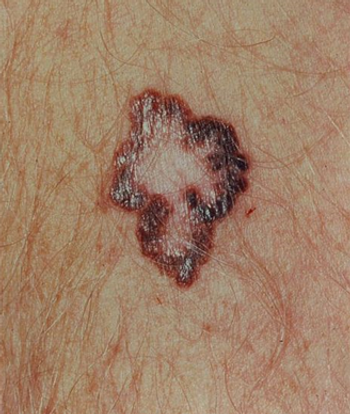
Treatment with pembrolizumab resulted in an estimated 6-month PFS rate that was almost double that of treatment with ipilimumab in advanced melanoma patients.

Your AI-Trained Oncology Knowledge Connection!


Treatment with pembrolizumab resulted in an estimated 6-month PFS rate that was almost double that of treatment with ipilimumab in advanced melanoma patients.

Ahead of the 2015 AACR Annual Meeting we discuss how insulin resistance relates to current cancer therapies.

As part of our coverage of the AACR Annual Meeting, we discuss combination therapies and new research in the treatment of lung cancer.

A high body mass index prior to a colorectal cancer diagnosis is linked to a higher risk of death, even when the patient’s tumor type is generally associated with a better prognosis.
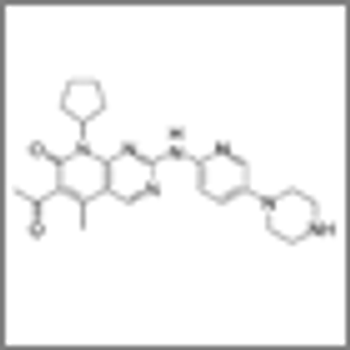
Two early trials studying CDK inhibitors in metastatic breast cancer have shown impressive activity in HR-positive disease, according to data presented at the AACR annual meeting.

In a phase I trial, non–small-cell lung cancer (NSCLC) patients with tumors that expressed PD-L1 had significantly better outcomes with MK-3475 therapy compared with patients with PD-L1–negative tumors.
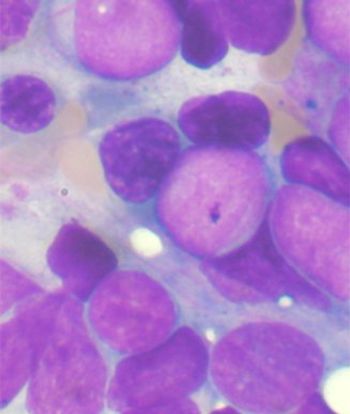
New trial results show that a novel, oral metabolic inhibitor has demonstrated early activity in relapsed or refractory acute myeloid leukemia (AML), according to data presented at the annual meeting of the American Association of Cancer Research.

Multidisciplinary care teams are an important aspect of patient-centered care and are slowly become more common place at community cancer centers. For those working at smaller hospitals or centers, it is important to use every type of resource available and in a lot of cases those resources include the nonclinical care force including family members, clergy, and volunteers.

By the year 2020 it is estimated that about 18% of the US population will be Medicare eligible and growing advances in the treatment of cancer have significantly increased the number of cancer survivors. These two growing populations have large implications on the demand for cancer services.

A session at the ACCC annual meeting addressed some of the top reimbursement issues associated with clinical trials and some strategies for how to manage them.

At the ACCC annual meeting, Jessica Turgon, MBA, from ECG Management Consultants discusses how and why providers and payers are beginning to work together to explore alternate payment models in oncology.

In 2011, the American College of Surgeons Commission on Cancer announced several new patient-centered standards that were designed to ensure that key elements of quality cancer care are provided to every person with cancer treated at an accredited facility.

In a session at the ACCC 40th Annual National Meeting, panel members offered advice for smaller practices who want to create multidisciplinary teams but who might not have financial or C-suite support.

At the ACCC 40th Annual National Meeting, David Evans, RN, MSN, MBA, discussed some of the top reimbursement issues that cancer centers face when it some to clinical trials.

In this interview we preview the 2014 annual meeting of the Association of Community Cancer Centers with Matthew Farber, director of provider economics and public policy for the association.

The pan-AKT inhibitor ARQ092 was shown to be well-tolerated, avoiding dose-limiting toxicities that often haunt inhibitors of AKT signaling, according to results presented at the 2013 AACR meeting.
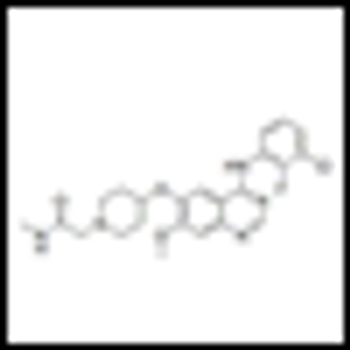
The THYME trial testing AZD8931 in advanced HER2-low breast cancer failed to reach the primary endpoint of progression-free survival, according to results of the phase II trial presented at the 2013 AACR meeting in Washington, DC.

The Wnt signaling pathway was demonstrated as a promising target in cancer stem cell therapy through a series of talks highlighting the promise and efficacy of a new generation of inhibitors that are making their way into the clinic.

The anti-PD-L1 antibody MPDL3280A is effective for several different cancers and was well tolerated. Responses were seen in lung, kidney, colon, and stomach cancer patients. All patients who responded are continuing to respond to the treatment.
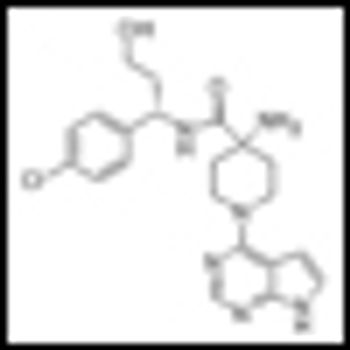
Different dosing schedules of the pan-AKT inhibitor AZD5363 revealed key details about maximum tolerable dosages, and biochemical efficacy was suggested by analyzing biomarkers, according to the results of a phase I study presented at the 2013 annual meeting of the American Association of Cancer Research.
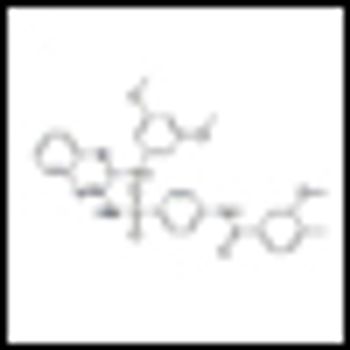
A new agent, SAR245409, that simultaneous targets two pathways important for the growth of tumors--the PI3K/mTOR pathway and the MAPK pathway--has shown activity in advanced solid tumors, according to results from a phase I trial presented at the American Association for Cancer Research Annual Meeting.
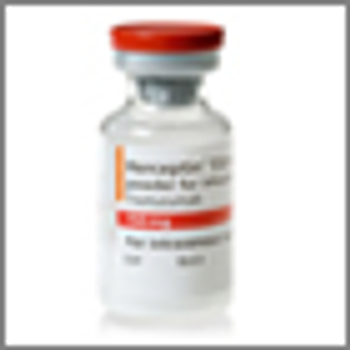
Trastuzumab (Herceptin) therapy may be useful for the treatment of luminal breast cancer stem cells, preventing them from growing into macrometastases, according to preclinical results presented at the 2013 American Association for Cancer Research Annual Meeting.
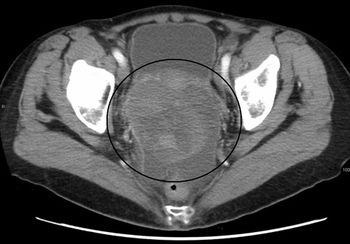
A novel therapy has shown activity in the treatment of difficult-to-treat, advanced, platinum-resistant ovarian cancer. The drug, DMUC5754A, is part of a new class of drugs called antibody-drug conjugates.

Washington, DC-“Triple-negative breast tumors are composed of mosaic cancer cells with distinct genetic aberrations,” said Jorge S. Reis-Filho, MD, PhD, a surgical pathologist at the Memorial Sloan-Kettering Cancer Center in New York, who combines traditional pathology, gene expression profiling, and genomics techniques to understand rare breast tumor types, including triple-negative diseases.
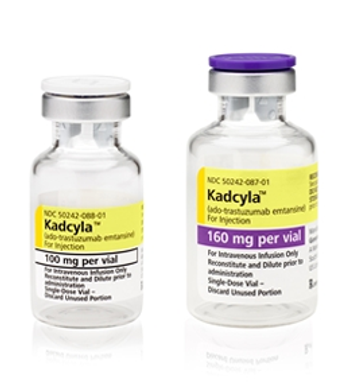
Researchers participating in the phase III EMILIA trial have identified tumor biomarkers that can identify patients that are more likely to benefit from T-DM1. In the trial, women whose tumors had higher HER2 expression were most likely to benefit from the therapy.

Targeting prostate cancer stem cells may be a method of treating prostate cancer while avoiding the development of resistance to androgen deprivation therapy, according to preclinical results presented at the annual meeting of the American Association for Cancer Research.

In this interview, ahead of the AACR annual meeting, we speak with Dr. Julie Brahmer, of Johns Hopkins School of Medicine, who is giving a presentation on immunotherapy in lung cancer, and is one of the clinical investigators of the extensive phase I trial of the anti–PD-1 antibody nivolumab.
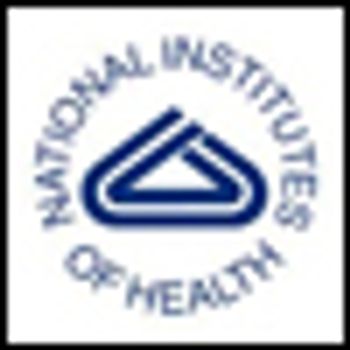
Leaders of the American Association for Cancer Research (AACR) have expressed deep concern that the ability of cancer researchers to bring the promise of science to improve outcomes for cancer patients in the United States is in peril due to a decade of declining budgets at the National Institutes of Health (NIH).
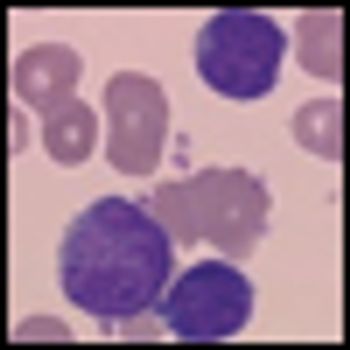
Inotuzumab ozogamicin has achieved a markedly long antitumor response in patients with refractory or relapsed indolent B-cell non-Hodgkin lymphoma (NHL) in an ongoing phase II study. Interim findings were reported by lead investigator Kenneth Luu, PhD, associate director of Pfizer global R&D.

Photoacoustic tomography (PAT), a new imaging technique that relies on light and sound, provides in vivo multiscale nonionizing functional and molecular imaging without the radiation emitted by x-rays and CT scans, explained Lihong V. Wang, PhD, who led the team of developers at Washington University in St. Louis.